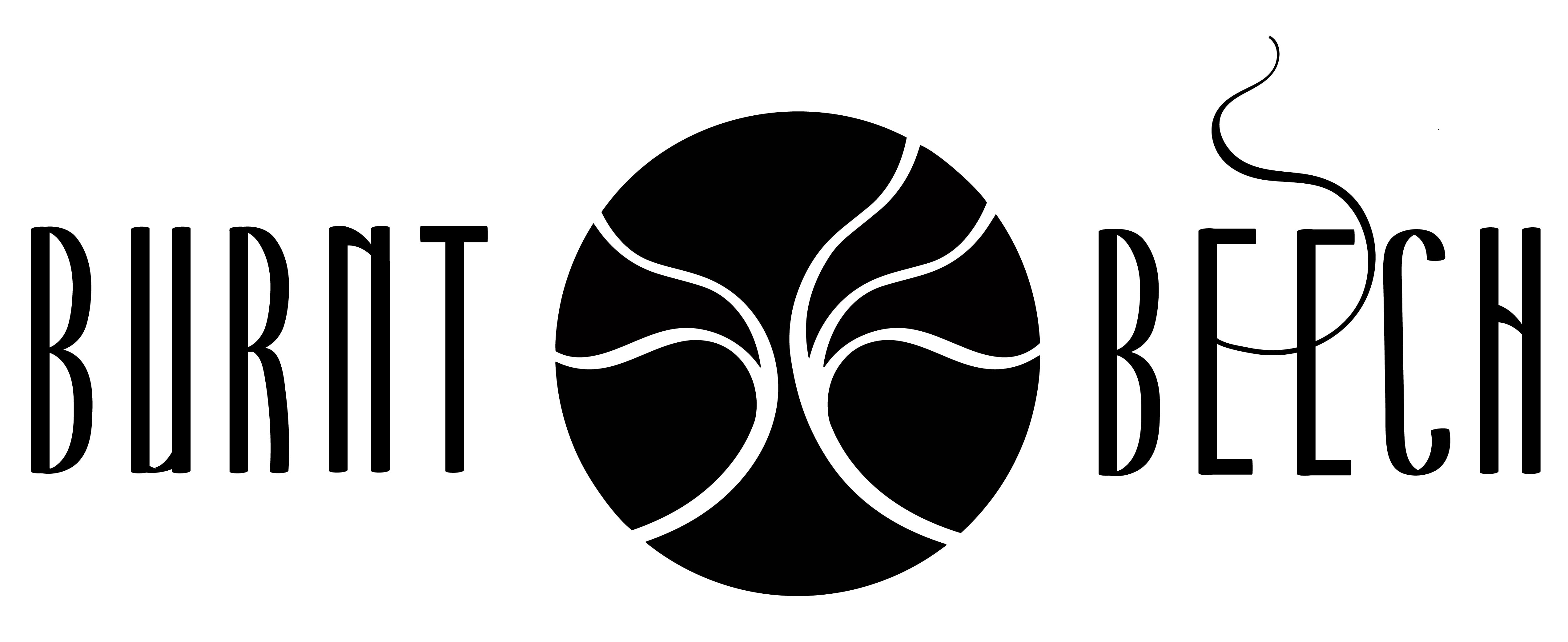Aromatic Resin As Incense: Everything You Need To Know
Aromatic resin as Incense? But why? Read on as we dive into 'Aromatic Resin As Incense: Everything You Need To Know'.

.
| 1. What is Aromatic Resin
2. What is Incense? 3. Why Burn Aromatic Resin as Incense 4. Popular Aromatic Resins
5. The Bottom Line |
What is Aromatic Resin?
Resin is a unique organic substance sourced from the bark of trees and other plants. When first extracted resins are sticky and tar-like in texture. When dried and cured, the resin becomes gold-like or orange in colour and solid/bumpy in texture. There are other types of resin that have their own distinctive qualities.
Every resin has an individual purpose - aromatic resins are fragrant and are commonly burnt as incense or used in aromatic products such as candles, cosmetics, and perfumes.
Aromatic resins are rich and pleasant in scent - they also have a robust earthy essence to them due to their strong connection to nature.
What is Incense?
Incense is an ancient tool used to cleanse energy and purify the air. It involves the burning of a (or multiple) plant-based substance to create a pleasant aroma.
Incense comes in many forms from, loose plants, resins, sticks, cones, coils, and essential oils. The more natural the incense is, the more healing benefits it has.
Though incense has become a recent solution to removing household bad odours, where did it originate and why is it so beloved?
Incense was first founded around 6000 years ago (400 BC) by ancient civilisations in Egypt and Mesopotamia. It was commonly used to fumigate temples and to deliver messages to higher entities.
Incense has since then succeeded in areas all over the globe. Many religions such as Buddhism and Hinduism frequently teach the use of incense as a means to purify a place of worship and to align the seven Chakras. Christians also burn incense, mostly during the celebration of Eucharist, however, it is taught to be a personal choice.
Spiritual practitioners and holistic healers frequently burn incense to strengthen the cleansing energy of their space. It is a very popular practice within the spiritual community.
Why Burn Aromatic Resin as Incense?
Aromatic resins are commonly used within spiritual communities and by holistic healers. This is because they are a natural substance with natural beneficial qualities.
So what are the beneficial qualities of aromatic resin and why burn them as incense?
Aromatic resins...
- Are naturally anti-inflammatory and antibacterial.
- Can act as a natural antimicrobial agent.
- Have earthly energy, perfect for grounding us and balancing the Root Chakra.
- Can effectively rid bad odours.
- Reduce symptoms of anxiety and depression when burnt.
- Can help to improve gut health.
- Naturally align the Third Eye Chakra, thus improving our spirituality.
Popular Aromatic Resins
Frankincense:

Frankincense resin (also known as Olibanum) is sourced from tropical trees of the genus Boswellia, in the Burseraceae family. These trees originate in areas of the Middle East and India, however, their sacred resin has become a worldly beloved substance. So what makes Frankincense so popular?
Frankincense resin has a wildly pleasant and individual fragrance. It is earthy, fresh, and somewhat pine-like. People are naturally drawn to the rich yet refreshing aroma of Frankincense.
Frankincense has many healing benefits. It has natural Boswellic acids within which help reduce inflammation within the body - this has positive effects on arthritis and asthma. It is also a popular ingredient for some oral care, thanks to its natural gum and breath-improving qualities.
.
Myrrh:

Myrrh is another worldwide popular aromatic resin. It is extracted from trees in the genus Commiphora, found in rocky areas of Africa and India. Though thought to be native to areas of North Africa, Commiphora Myrrha trees were not long after discovered in areas of the Arabian Peninsula.
Myrrh is commonly associated with Frankincense. Though they are different in scent, they both are as equally earthly and rich. Myrrh is more balsamic and smoky than Frankincense, however, equally as nice.
Myrrh, much like Frankincense, is anti-inflammatory and research even suggests it can act as pain relief. It is also proven to be wound healing thanks to its antibacterial and skin-rejuvenating qualities.
.
Benzoin:

Benzoin resin is sourced from a species of tree named 'Styrax Benzoin'. They originate in Sumatra in Indonesia and are also found in areas of Vietnam, Thailand, and other Asian countries.
Benzoin has a distinct balsamic and resin-like fragrance, however, its subtle sweet and vanilla-like notes make it a fan favourite.
Evidence suggests that Benzoin can help ease anxiety and symptoms coinciding. This makes it a popular fragrance for spas, therapy/spiritual settings, and places of worship.
The Bottom Line
Aromatic resins are a fantastic incense solution. They are natural, healing, and fragrant - what more can you want?
Aromatic resins are great burnt alongside essential oils and botanicals. They can help to increase the earthly essence of your incense helping you to meditate, ground, and Chakra-heal.
